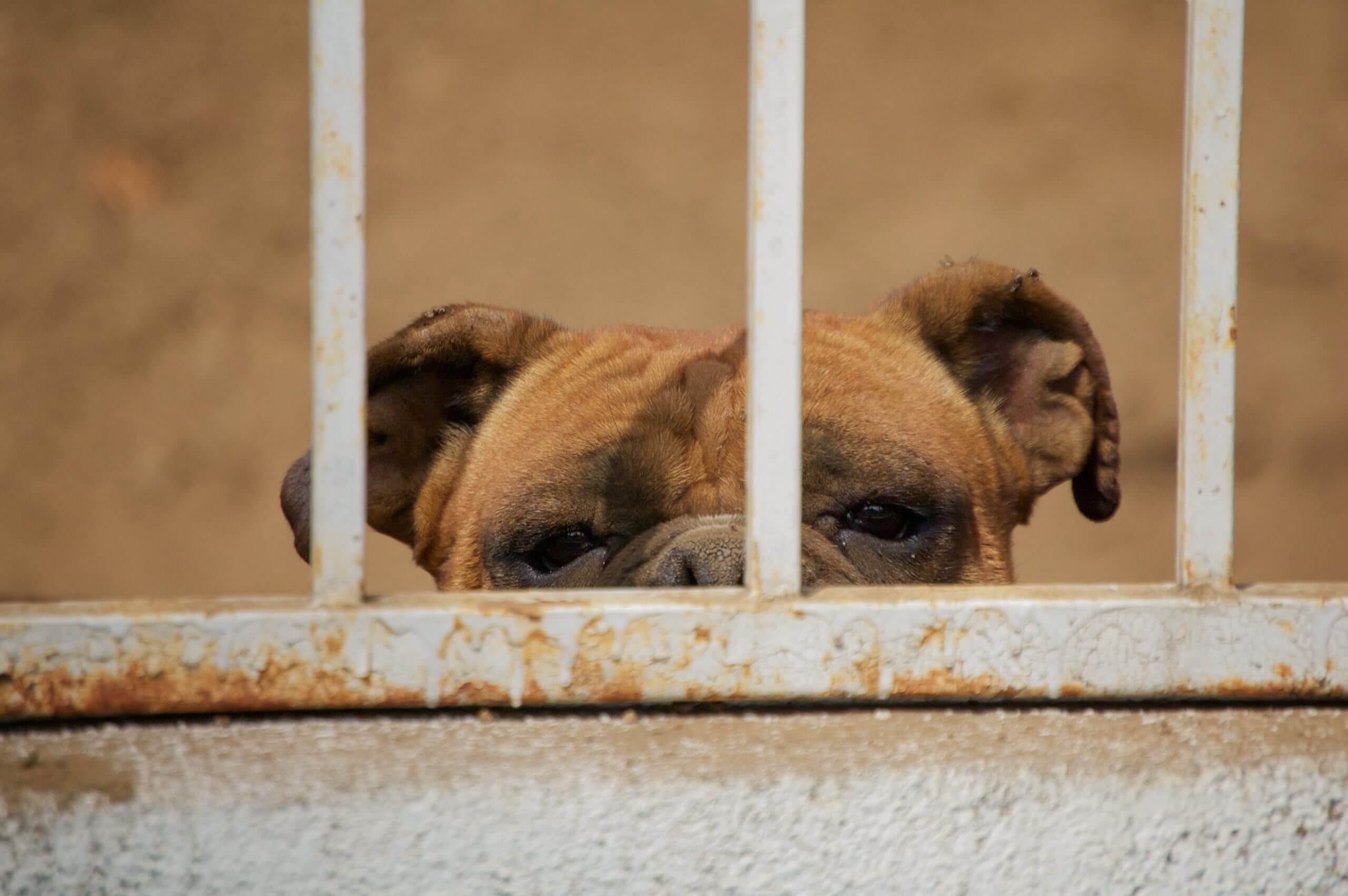Separation anxiety is one of the things I hear about most. It can manifest itself in different ways, from chewing to barking to urination, and even self-destructive gnawing. It’s important that dogs learn to be self-entertained from a young age, but despite the old adage you can teach an old dog new tricks, including relaxing while you’re away.
How the owner leaves the house can often contribute to separation anxiety issues. A drawn out farewell can make your dog feel even more isolated when you leave. Long farewells excite dogs, then leave them with lots of excess energy and no way to work it off. This can lead to the destruction of your couch, favorite pumps, or even baseboards. New rug? Not anymore!
A drawn out farewell can make your dog feel even more isolated when you leave.
Of course we all want our dogs to feel happy, safe, secure, and comfortable while we’re away. We provide lots of toys, a filled kong, and chew toys that they can’t rip apart. Sometimes this is enough, but often it’s not.
Giving the dog a playmate, such as another dog or friendly cat, is a great way for busy pet parents and pets alike to cope with the stress of being left alone. However, not all of us can afford or responsibly adopt a second pet, so it’s not really a viable solution.
One of the best methods I’ve learned is setting aside scheduled play times when your pet is given your undivided attention. A happy dog that has been well-exercised will generally sleep the day away and patiently wait for the return of its owner.
A happy dog that has been well-exercised will […] sleep the day away…
Try to schedule one of these daily play sessions before you get ready to leave each day, and after playing just go do your normal prep routine. The play will excite and tire your dog, while your time spent getting ready will give them time to settle down while you’re still home.
For older dogs that are already in the throes of the separation anxiety habit, learning to be okay with you leaving will take time. Practicing by leaving and then immediately returning is a good start. You can slowly bump up your length of time outside during these sessions, starting with one minute and extending up to two or more hours.
Part of treating this problem is teaching the dog that you’ll always come back.
This is especially helpful when you adopt a dog from the shelter. Dogs that have gotten lost or been surrendered to shelters often have the worst problems with separation anxiety, and understandably so. Part of treating this problem is teaching the dog that you’ll always come back; you’re not abandoning them.
Going through a slowly intensified routine of leaving, returning, leaving, returning will teach them that you will never leave them forever… That they will never be lost again.
I hope this has helped you and your pup develop a happy coming and going routine. More next time!
Naomi



[…] have a ton of articles on puppy potty training, dealing with separation anxiety, and training a puppy in […]